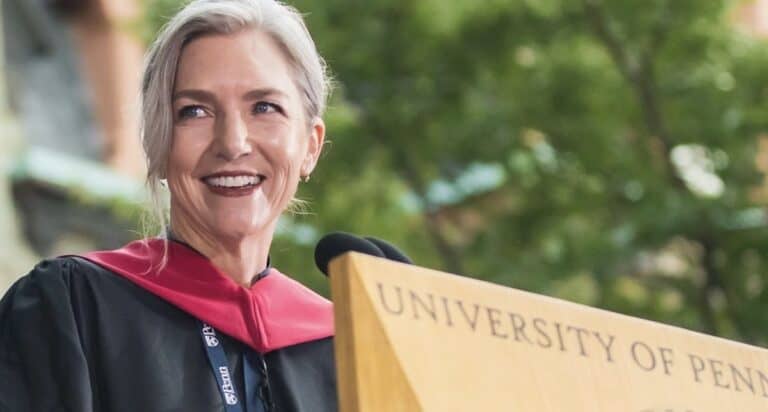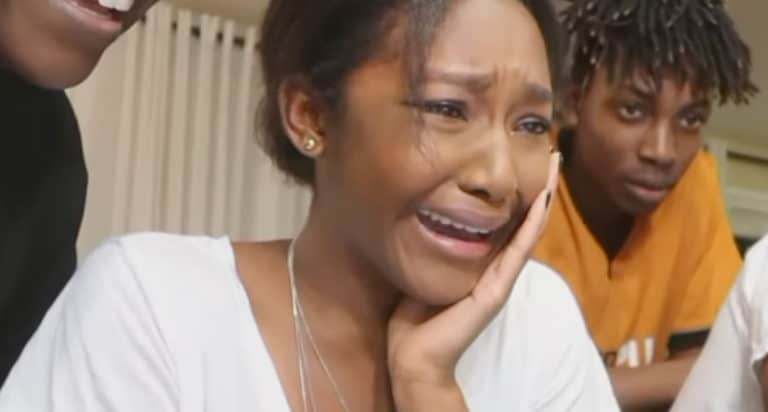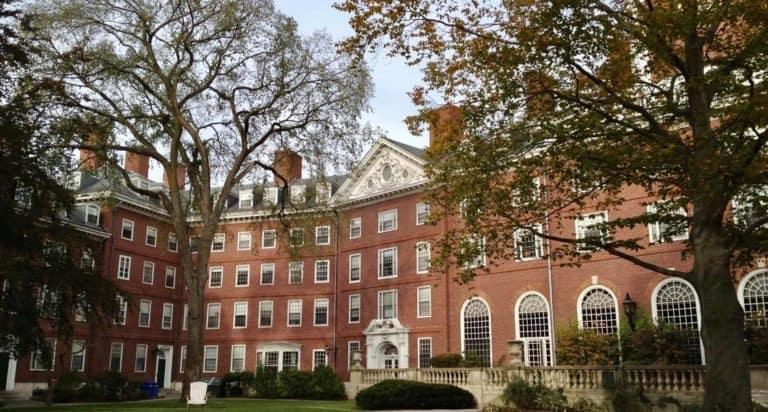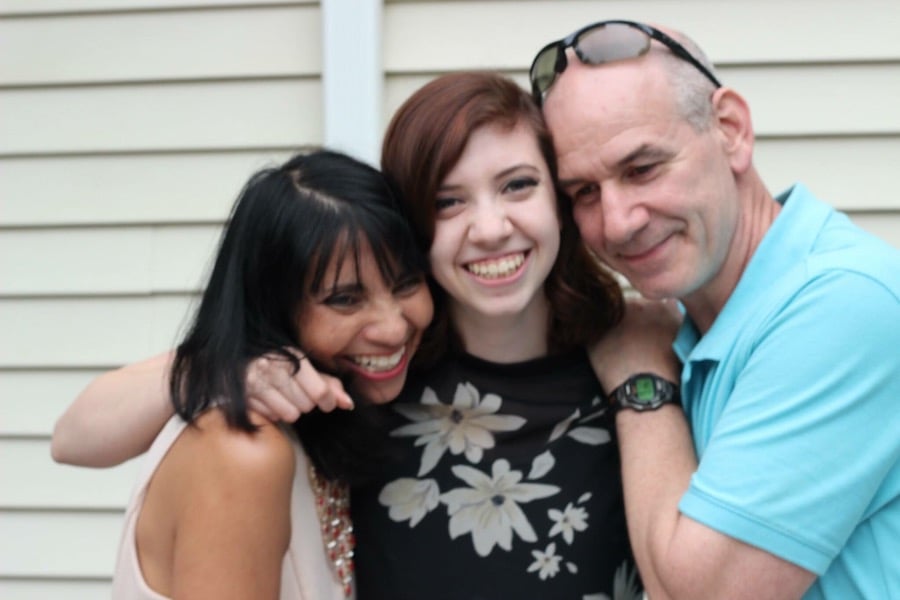Our teens are expected to hoist themselves over a fair number of seemingly insurmountable hurdles during the college process, but one of the cruelest and most frustrating may be the college waitlist.
Let’s review. It has become nary impossible to get into the top schools, the so-called “highly selective” schools. I’m not saying that getting into those schools should be the holy grail because I don’t buy into the hype, but if a top 25 school is where you desire to be, it may be time to reassess.
We have ascertained that perfection does not guarantee a spot at a highly competitive school, spectacular sportiness does not guarantee a spot, national merit scholar status does not guarantee a spot, even being the valedictorian of your class does not assure you of a spot. The only guarantee in college admissions is that at some point in the process you will be left scratching your head in wide-eyed bewilderment.
Far more disruptive than simply denying applicants, universities wait list them in large numbers.
They stack prospective students in the purgatory that is the waitlist. For instance, the University of Pennsylvania offered admission to 3,731 applicants for the class of 2022, with the anticipation that the class will have approximately 2,445 students. Penn additionally offered around 3,500 students a spot on their waitlist. In other words, if every candidate initially offered admission declined, the University could fill its class with waitlisted students. With yield rates fairly consistent over the years, the University has a good grasp on how many of those admitted will matriculate, so why the need for such a large waitlist?
In the last several years, Penn has offered prospective students between 25-175 spots off of the waitlist, so clearly the vast majority of waitlisted kids will NOT GET IN. And yet, schools perpetuate the belief that where there is a waitlist, there is hope. Penn is not alone in offering more spots on their waitlist than applicants it admitted. Many schools waitlist an unrealistic number of students and other schools simply do not publicize their waitlist information.
In what world does it make sense for a school to offer more spots on the waitlist than spots offered for admission, especially for schools who have consistently high yield rates (meaning a large percentage of students accept their offer of admission)? Furthermore, if keeping a spot on the waitlist was a passive thing, one might be tempted to say, “no harm, no foul” but many college waitlists require students to write a letter which yet again declares their deep desire to attend the school to which they have been waitlisted.
My own children were waitlisted at various top schools and they were encouraged/required not only to let the school know if they wished to remain on the waitlist but to write the school a letter detailing what they had been up to since they applied a scant four months earlier. As if a high school senior has accomplished anything or something between December and March that will move the needle on their college application.
Some students are told that perhaps another recommendation would sweeten the pot and sway the admissions team. And, all of that would be fair play if the odds of getting off the waitlists were not virtually nil, which they are. I remember trying to ferret out information on the odds of getting in off the waitlists that my son was on and coming up with no useful information. My son was one of the “lucky” few who was accepted off of a waitlist and was given a paltry 48 hours to make his decision, this after months earlier committing to another school. He chose to stick with the school to which he had earlier committed.
In an article in Inside Higher Education, a private college counselor offered that perhaps extensive waitlists serve, “as a type of PR, so that families feel that their student ‘almost’ got in…I know that you (colleges) are trying not to offend legacy, VIP donors, and high schools with which you want to have good relationships — but the insanity needs to stop. At several competitive colleges this year, I literally had NO students denied, everyone who didn’t get in, got waitlisted.”
While I sympathize with schools’ efforts to build perfectly sized classes, I wonder if their lack of transparency unnecessarily wastes kids’ time and worse yet raises their hopes only to dash them again? The waitlist causes additional stress during a highly fraught time so while I understand that schools have their reasons for large waitlists, I have to wonder whether their reasons serve our children?
Related:
A College Rejection Might Be Just What Your Teen Needs










